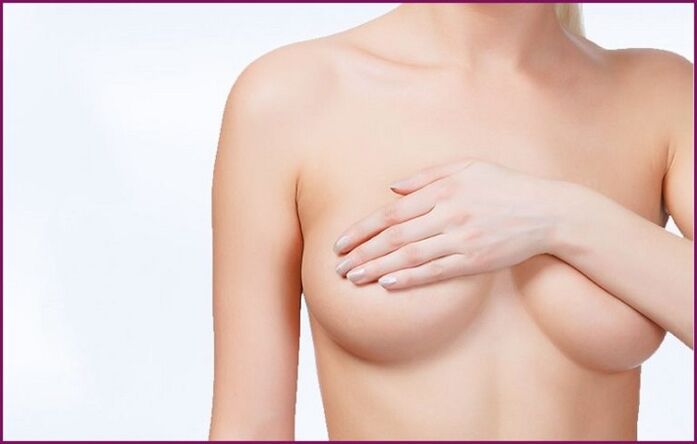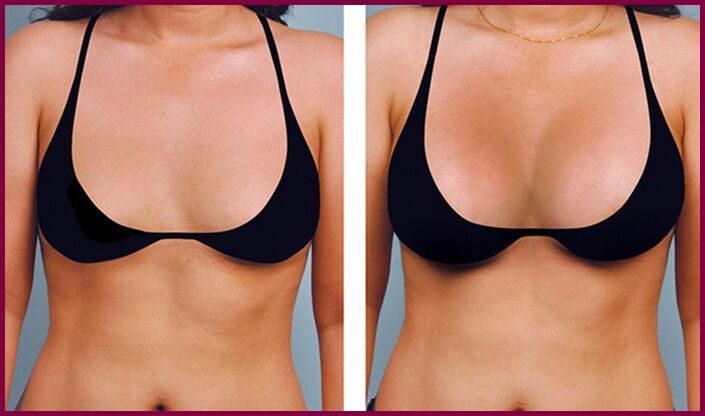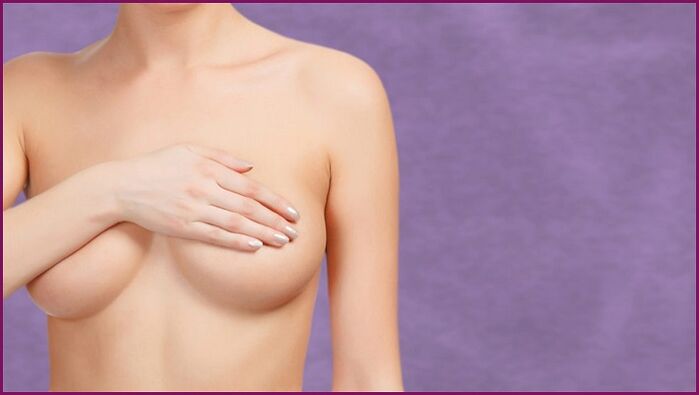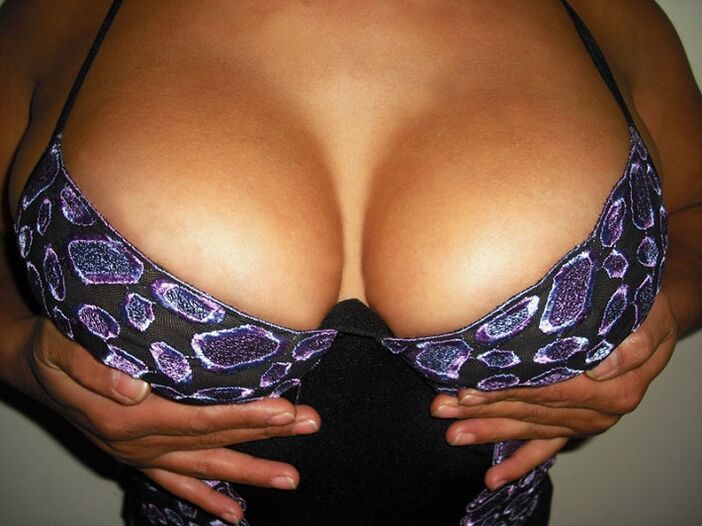Have you ever come across such an incomprehensible term like fat grafting and want to know what kind of procedure? There is nothing easier than getting an answer to this question. This is breast augmentation with fat. In other words, bust lipofilling known by most women. It is this procedure: its advantages and disadvantages that we will discuss today.
Fat grafting under a microscope
The method is based on "catching two birds with one stone":
- Removal of adipose tissue from problem areas of the body.
- Your transplant to the area of the mammary glands.
So you get a lush bust and a slimline hips, legs or a toned belly. It is from these places that the necessary fat is extracted. Surgeons advise using the liposuction method. Body shaping by removing or introducing one's own fat accumulations has been practiced for over a century. Modern technologies make it as safe as possible for patients.
The main condition for a positive result of this procedure is to keep the adipose tissue viable during its transfer. Not only does "dead fat" not improve its shape when it dissolves. But it can also cause connective tissue to grow at the transplant site (fibrosis).
And this process significantly complicates hardware methods of studying the status of the mammary glands and may cause overdiagnosis of the growth of neoplasms in this area. In other words, the issue of proper liposuction and proper transplantation is not far-fetched. For the procedure to be successful, it is performed under sterile conditions and with special equipment.
At all stages of its implantation, the contact of the adipose tissue with oxygen is not allowed, in order to avoid its oxidation.

Advantages of the procedure
Lipofilling is an operation, albeit a small one. It can be performed under local or general anesthesia. The first is preferred for the patient's cardiovascular system. Its main advantages are:
- invasiveness / minimal trauma (compared to stents);
- high survival rate of "donor" tissues;
- minimal risk of allergy (compared to the introduction of fillers, even based on hyaluron). The allergy can be to anesthetic drugs;
- lack of visually recognizable scars, even thin scars;
- the ability to "order" the shape of the breast, after a few months repeat the procedure if necessary to increase the bust in more than one size, reshape the breast if necessary;
- restore asymmetry in birth defects / acquired forms;
- using your own fat is allowed, even when other methods are contraindicated;
- to correct the shape of the breast after removal of the implant, operations on the mammary gland. This opportunity is often seized by elderly patients and young women when it is impossible to replace / install a stent (eg a material allergy);
- relatively short rehabilitation period;
- complete naturalness of the shape of the mammary glands after manipulation and natural sensations on palpation;
- an added bonus of the procedure is tissue rejuvenation at the fat injection site.

Supporters of the method ensure that fat grafting provides a long-term result, almost for life. Opponents say a second procedure will be needed in a maximum of 2 years. The truth is that every organism is unique. With a good tissue graft, the result can persist for 5 to 10 years. As long as you don't gain and lose weight or get pregnant.
After pregnancy, correction is likely to be needed. But there are also known cases where, in some patients, the adipose tissues actually injected were absorbed within 1, 5 to 2 years. And the volumes returned to their previous unsatisfactory.

Before deciding on the procedure or abandoning it, evaluate the results of breast augmentation with your own fat in the photo.
Lipofilling limitations
Enlarging the bust with your fat has a number of limitations and disadvantages:
- the ability to increase volume by just 0. 5-1 size per procedure (pump about 150-200 ml of fat);
- the risk of reabsorption of the injected fat after 0, 5-2 years;
- difficulty in surgery for very thin women (lack of material);
- the presence of contraindications (absolute and relative);
- the possibility of death of part of the fatty material during its introduction and the development of fibrosis foci in this area, which decreases the reliability of hardware methods for breast examination;
- a little preparation is needed before lipofilling (stop smoking, drinking alcohol, taking medications that affect blood clotting).
An additional disadvantage of the procedure is its relatively high cost. If repeated cycles of fat injection are required, it can be more expensive than endoprosthetics.
Indications for the procedure
The introduction of subcutaneous fat from other parts of the body into the breast is shown:
- with lack of tissue for implantation of the prosthesis (covering its edges with the existing tissue);
- the woman's reluctance to resort to endoprosthesis;
- the need for a small correction in case of deterioration of tissue condition after pregnancy, breastfeeding, hormonal crisis, severe weight loss.
Some women practice lipofilling as an experimental intervention. They observe how the breast will look, how much it should be enlarged before deciding on the endoprosthesis.
When is the procedure not recommended?
Absolute contraindications include:
- with severe somatic illnesses (heart disease);
- Mental Disorders, Mental Disorder;
- endocrine diseases (diabetes);
- with the growth of tumors;
- some systemic diseases;
- pathology of the blood.

To avoid changing shapes with your own fat for a while, you should:
- during menstrual bleeding;
- with chronic pathologies during an exacerbation;
- in the case of infectious disease (in its acute period);
- during pregnancy and lactation. You can go back to breast augmentation 12 months after stopping breastfeeding.
After recovery, achieving stable remission and cessation of menstruation, lipofilling for relatively healthy women becomes quite affordable. You shouldn't enlarge your breasts that way if you're addicted to cigarettes. Smoking has a very negative effect on the durability of the procedure's outcome.
Lipofilling stages
The very manipulation of changing your bust size with the help of your fat takes place in 3 steps:
- material sampling (liposuction);
- cleansing it of impurities (eg, blood);
- actually lipofilling or "pumping" the breast with subcutaneous fat, removed with the help of vacuum suction from the problem areas.
A few hours after the procedure, the patient can safely return home.

Rehabilitation
The rehabilitation period involves:
- wear special underwear, then bra with wide straps to prevent mastoptosis (fabrics must "get used to" the new weight and volume of the breasts);
- limitation of physical activity;
- avoid exposure to temperature;
- refusal of manual impact on the chest area for 1-2 months after the procedure.
After lipofilling, discomfort may be felt for the first time in the breast region, the breast may swell a little and form bruises in the area of the puncture. These phenomena are classified as normal. They pass on their own quickly. The primary rehabilitation period ends in 2-4 weeks.

Until the puncture sites have healed, they are treated with a local antiseptic as directed by a physician. It will be possible to fully evaluate the result of lipofilling in six months.


























